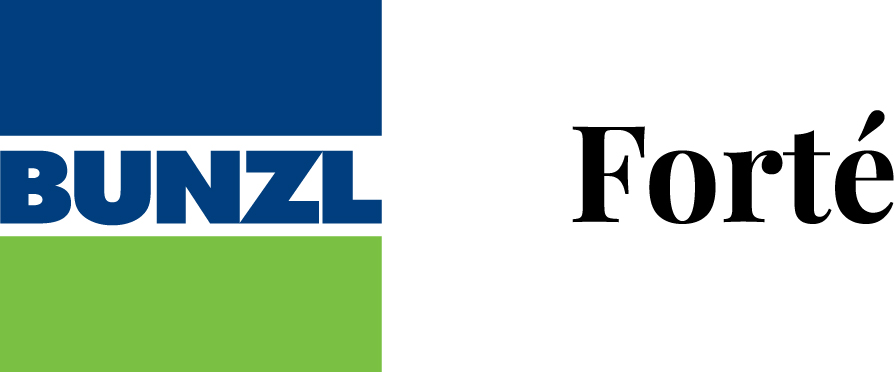The official body that governs food safety standards in Australia requires all food handling businesses to adopt applicable food safety label standards. The Code, administered by Food Standards Australia and New Zealand, sets out various areas where food safety labels must be applied, so consumers are protected from outbreaks of food poisoning and dangerous allergic reactions.
In a broader sense, the Code may also be used as a guide for Food Service Providers, Chefs and Restaurant Managers to inform their staff on safe food labelling procedures and why these are important. There are two significant reasons that best practice in food labelling must be adopted by all food preparation establishments.
Bacteria
Beneficial and harmful bacteria naturally exist on all foods. Under some conditions, these bacteria may multiply rapidly. While the rapid increase of beneficial bacteria poses no threat, the opposite is true of harmful bacteria. In large, it is food handling and storage practices which create the opportunity for these bacteria to multiply. Accordingly, steps must be taken to reduce the likelihood of this occurrence.
Clear and concise food safety labels play a vital role when informing kitchen staff about ingredients, use-by dates, storage requirements and which stage of preparation the food is at. Knowing these critical elements assists staff in making judgements about how it is safe to proceed.
Allergens
Unfortunately, many people suffer from dangerous food allergies. Some reactions are mild (swelling of the tongue and throat, wheezing and coughing) while others may result in hospitalisation (difficulty breathing, vomiting, dizziness) or even death. Consequently, consumers must be protected. The best way to protect your customers is to use accurate food safety labels, which list all the ingredients. This is due to the fact that the only known method of managing food allergies is to completely avoid the allergen.
Many common ingredients are notorious for causing allergic reactions in some people. These include – Peanuts, Tree Nuts, Eggs, Dairy, Fish, Sesame Seeds, Shellfish, Lupin, Soy and Wheat. When used, these foods must always be listed as ingredients on the label. By consistently and accurately providing a list of ingredients on food safety labels, kitchen staff can significantly reduce the likelihood of uncomfortable or dangerous reactions happening to their customers.
Fildes produce a range of food safety labels which are suitable for various applications. From day dots to larger stickers for information such as dates and times, you can find the food safety products that you need to keep employees and customers safe.
